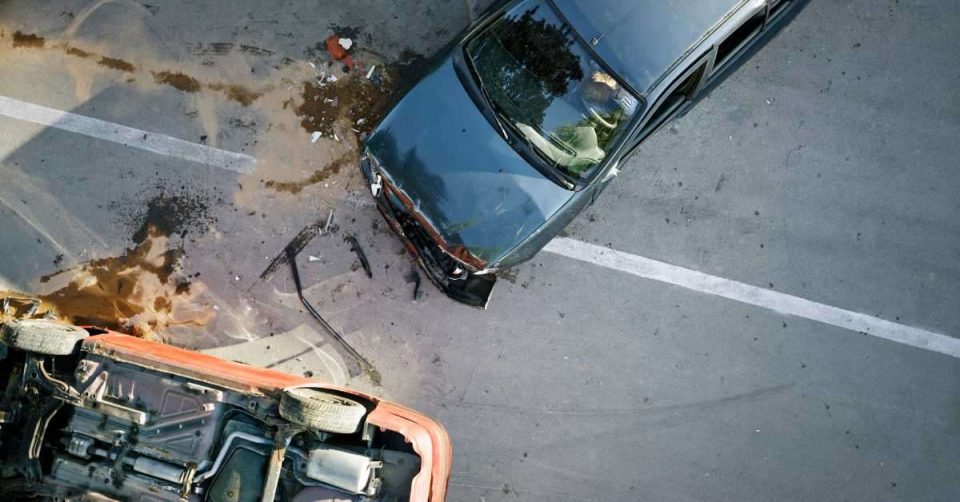In Sioux Falls, where winter roads and busy intersections increase accident risks, crash scene details can make or break a case. According to the South Dakota Department of Public Safety, over 17,000 crashes occurred statewide in one year alone. Documenting key elements—like vehicle positions, weather, and signage—helps determine fault and support your claim. Thorough observations at the scene can be the difference between a denied claim and fair compensation.
The aftermath of car accidents is always chaotic and hectic. At these junctures, the information compiled at the accident site becomes essential in determining the ultimate result of follow-up litigation. It is important to decide what information to gather and how it can impact the case. Speaking to a Sioux Falls car accident lawyer can help. The following will help you identify some of the more crucial aspects at the scene of a crash that could make-or-break the strength of your car accident case.
Initial Observations
Clear, objective observations at the scene of an accident play a critical role in understanding what happened. First impressions can shape how fault is assessed, so it’s essential to stay calm and attentive. Noting the vehicle positions, damages, and environmental conditions—like weather, lighting, and signage—can offer valuable context. For example, a malfunctioning traffic light or wet pavement could be contributing factors. These details may later support a fair assessment during legal or insurance reviews.
Photographic Evidence
Photographs are powerful tools in car accident cases. Clear images can capture what words might miss—vehicle positions, damage, skid marks, and debris. Take photos from multiple angles to document the entire scene. These visuals can help determine fault and support your version of events during insurance claims or legal proceedings. Since memory fades and stories can change, having photographic proof often makes a stronger impact than verbal descriptions alone. Pictures preserve the truth in real time.
Witness Accounts
Eyewitnesses can provide crucial insight into how an accident unfolded. People who saw the crash or arrived shortly after may notice details others missed. Their accounts can either confirm your version of events or introduce new, relevant facts. It’s important to collect their statements and contact information early on. Multiple perspectives help build a more reliable narrative, adding credibility to your claim. Eyewitness testimony often proves valuable in insurance reviews and legal proceedings.
Police Reports
Police reports are key pieces of documentation after an accident. Officers typically provide an unbiased summary, including diagrams, witness statements, and traffic citations. These reports offer a third-party perspective that can support your version of events. While not always conclusive, they carry weight in both legal and insurance settings. Having this official record on file strengthens your claim and can help clarify disputes. It’s one of the most important documents to secure after a collision.
Injury Documentation
For both legal and medical reasons, documenting all injuries after an accident is essential. Immediate medical attention not only ensures proper treatment but also creates an official record of your condition. Medical reports, doctor’s notes, and photos of visible injuries serve as proof of the impact. These records help demonstrate the severity of the incident and are crucial when seeking compensation for medical expenses. Without proper documentation, it becomes harder to justify claims for recovery.
Environmental Factors
Environmental factors at the scene can significantly influence the outcome of an accident case. Elements like road quality, lighting, and overall visibility may affect driver reaction and vehicle control. For example, dim lighting or obstructed views can reduce a driver’s ability to spot hazards in time. Documenting these details—through photos or notes—can help determine whether such conditions played a role in the crash. This evidence may shift how liability is assessed during legal or insurance reviews.
Communication with Insurance Companies
Once you have collected the essential information, the next step is to communicate effectively with the insurance firms. Putting all the evidence on the table can help expedite claims processing. Exposing the facts clearly and concisely matters. Maintaining documentation involving each communication with an insurance rep can eliminate uncertainty and assist in a transparent claims process.
Legal Assistance
Consulting with lawyers is helpful. They can help you understand what the collected evidence should do. Police reports, witness statements, and other documents will be available for viewing, but lawyers can make sense of these records, which will go a long way in building a strong case. Their familiarity ensures all crucial elements are taken into consideration in the court of law.
Conclusion
The information collected right after a car crash plays a major role in how the case unfolds. From noting vehicle positions to capturing photos and gathering witness details, every piece helps support your side. When this evidence is clear and well-organised, it becomes easier to work with insurance or legal teams. Understanding what to look for and how to present it can lead to a fairer outcome and a smoother path forward after the collision.


